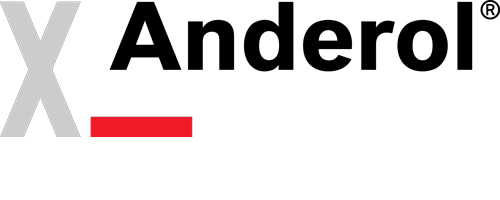1 The machine being sampled should be brought to its normal operating temperature.
2 Samples should be taken when the machine is online, if possible, or within 30min of shutdown if online is not possible.
3 Ensure a turbulent flow (fully mixed) point, not a dead leg or stagnant area.
4 Oil samples should always be taken in the same manner and from the same sampling point.
5 Sample points could be:
- tubing from reservoir or sump;
- valve on pressurized return from the system, prior to the filter;
- valve on pressurized supply to the system, prior to the filter;
- valve on reservoir wall, special fitting; and
- drain from reservoir or sump (valve or plug).
6 Use a clean, dry container to draw oil samples. Ship the sample in the plastic bottles provided in the test package kit.
7 Do not sample a machine immediately after an oil change or after a large amount of make-up oil has been recently added.
8 Always set sample intervals to catch problems early – sampling is always less costly than repair or lost production.
Oil samples must be taken before they are drained from the turbomachinery because if oil is deemed unacceptable for continued use, there is no way the product can be reused for components such as hydraulics and gearboxes.
To maximize the benefits of used oil analysis, it is imperative to perform comparative studies of samples taken at different points of a machine and lubricant’s service life. Each application is different and affects the lubricant differently. Conducting a trend analysis helps to identify acceptable levels of contaminants in a lubricant and forecast equipment issues long before they escalate in intensity or cause catastrophic problems. By predicting equipment issues, it enables maintenance personnel the luxury to schedule repairs or change-outs at more opportune times in a proactive rather than a reactive manner.
While the application of oil analysis solves long-term lubricant and machinery problems in a cost-effective manner, special care must be taken when choosing a lubricant provider. Consider a partner with in-depth knowledge of lubricant formulations and applications, and in-house expertise to interpret the results of routine oil analysis tests.
Read here why regular oil analysis is important.
Contact us or your local Anderol distributor to find out more about establishing a regular oil analysis programme.





